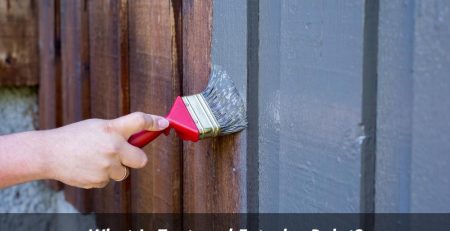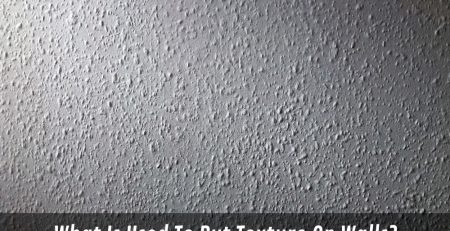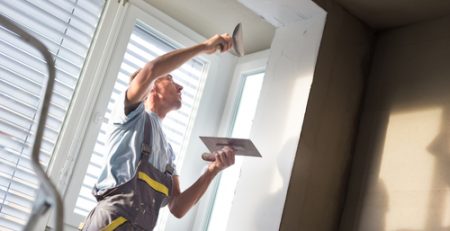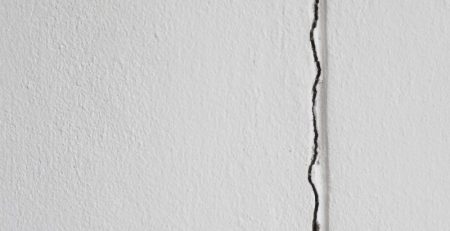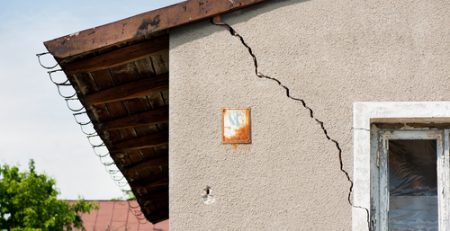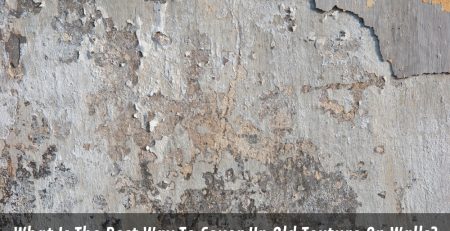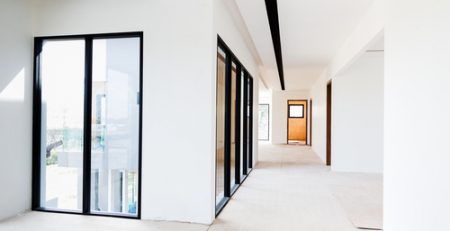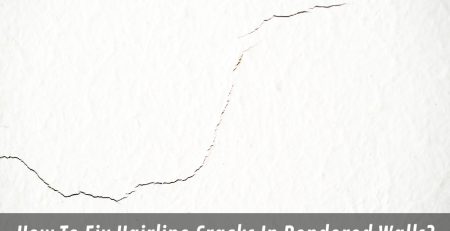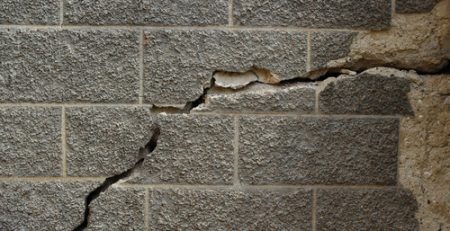What Is The Reason Behind Wall Cracks In Cement Plaster?
Wall cracking is a common issue that can occur in any building. It is particularly concerning when it comes to cement plaster walls. These walls are prone to developing structural cracks, which can indicate a serious underlying problem. Several factors can cause cracks, like settling, moisture, or poor construction practices.
This blog will discuss the main reasons for wall cracking in cement plaster and why it’s crucial to address this issue before it causes extensive structural damage. If you’re experiencing wall cracks in your building, continue reading to understand the possible causes and solutions.
What are the various reasons that can cause wall cracking?
There are several causes of wall cracks in cement plaster, and it is important to identify the underlying reason before attempting to repair them. Some of the most common reasons include water damage, poor quality materials, and changes in temperature. Let’s look into each of these causes in more detail:
- Water Damage
Water damage can cause hairline cracks to form in plaster walls, especially if the water is able to penetrate through the mortar. If a homeowner notices a recurring pattern of water on their wall after a heavy rain or another moisture-related event, they should investigate further as this could be an indication of an underlying problem with their drainage system or roofing.
- Poor Quality Materials
Wall cracks can also occur due to poor-quality materials such as inferior cement, sand, or mortar. This can lead to vertical or horizontal cracks in the plaster that may be difficult to repair and may require the help of a professional.
- Changes in Temperature
Plaster walls are prone to cracking when exposed to drastic changes in temperature. In extreme weather conditions, the material expands and contracts which causes stress on the wall and can eventually lead to cracks appearing.
What are the specific signs of wall cracking that one should be aware of?
Wall cracks come in a variety of shapes and sizes. Some common types of cracks include:
- Hairline cracks
- Spiderweb-shaped cracks
- Vertical or horizontal lines
- Stair-step patterns
- Diagonal lines or shallow indentations.
If you notice any of these signs, it’s important to take action as soon as possible in order to prevent further damage.
What are effective measures to avoid wall cracking?
One of the most effective ways to avoid wall cracking is to adhere to instructions. This includes following instructions when it comes to the installation and application of materials such as plaster, mortar, or cement. Making sure that everything is mixed correctly and used in the right proportions can go a long way towards preventing cracks in your walls.
- Inspect structures regularly. Regularly inspecting your home’s foundation, walls, and other structural components can help you identify any potential problems before they become severe. Be sure to look for any signs of cracking or water damage on a regular basis so that any structural issues can be addressed quickly and efficiently.
- Choose quality materials. Investing in high-quality materials for your construction projects is essential if you want to prevent wall cracks. Quality materials are able to withstand changes in temperatures better and provide a more reliable foundation for your structure than cheap, inferior materials.
- Consult with a structural engineer. If you’re unsure about what type of repair work is necessary or if you think that your walls may be suffering from structural damage, it’s best to consult with a local structural engineer who can assess the situation and recommend the best course of action.
What is the best way to repair cracked walls?
The best way to repair cracked walls depends on the severity of the crack and the underlying cause.
- For minor cracks and hairline fractures, repairing them yourself using cement mortar can often do the trick. However, if the crack is more severe or there is evidence of water damage, it’s best to consult with a professional before attempting any repairs.
- For exterior walls, you may need to call in a structural engineer to assess the situation before any repairs can be carried out. In the case of vertical cracks, may be indicative of a structural problem with your home’s foundations and should be addressed by an expert as soon as possible.
- If reactive soils are present then this could also contribute to wall cracks appearing so it’s important to carry out an assessment of the surrounding land for any potential issues.
Conclusion
All in all, wall cracks can be caused by a variety of different things such as poor quality materials, changes in temperature, water damage, or reactive soils. It’s important to regularly monitor your walls for any signs of cracking and take action quickly if any are found. Investing in quality materials and consulting with a structural engineer can help to prevent wall cracking from occurring in the first place. If cracks do appear then it’s best to repair wall cracks as soon as possible using cement mortar or call in a professional depending on the severity of the crack.
If you want to ensure the walls in your home stay intact for years to come, then it’s important to take steps to prevent fractured walls and carry out repairs quickly if any do appear. For professional advice and assistance with wall crack repair, contact Jims Rendering Sydney today! Our team of experienced professionals can help you fix any existing issues and prevent further damage from occurring.


